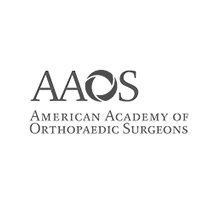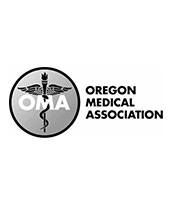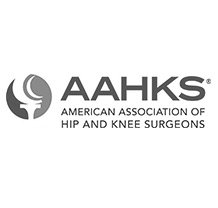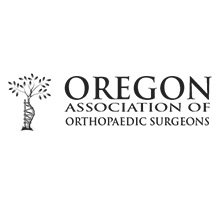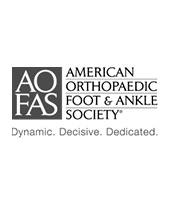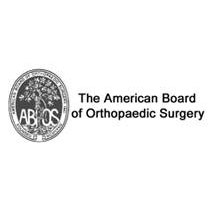Elbow Fractures in Children
The elbow is a joint that consists of three bones – the humerus (upper arm bone), radius (forearm bone) and ulna (forearm bone). An elbow fracture most commonly occurs when your child falls on an outstretched arm. It can lead to severe pain in the elbow and numbness in the hand. Fractures are more common in children due to their physical activities as well as their bone properties. Children’s bones have an area of developing cartilage tissue called a growth plate which is present at the end of long bones that will eventually develop into solid bone as the child grows.
Your child’s doctor first evaluates your child’s arm for signs of damage to blood vessels and nerves. An X-ray examination is then ordered to confirm and determine the severity of the fracture. Treatment of elbow fractures depends on the degree of displacement and type of fracture:
- Nonsurgical treatment: If there is little or no displacement from the normal position, nonsurgical treatment is recommended. Your child’s doctor may immobilize the arm using a cast for 3 to 5 weeks. Regular X-rays are ordered to check if the bones are properly aligned.
- Surgical treatment: Surgery may be recommended if the fracture has caused the bones to move out of alignment. Your child’s doctor brings the bones in correct alignment and may use metal pins, screws and wires to hold the bones in place. Your child must wear a cast for a few weeks. Exercises to improve the range of motion will be instructed after a month of healing.



